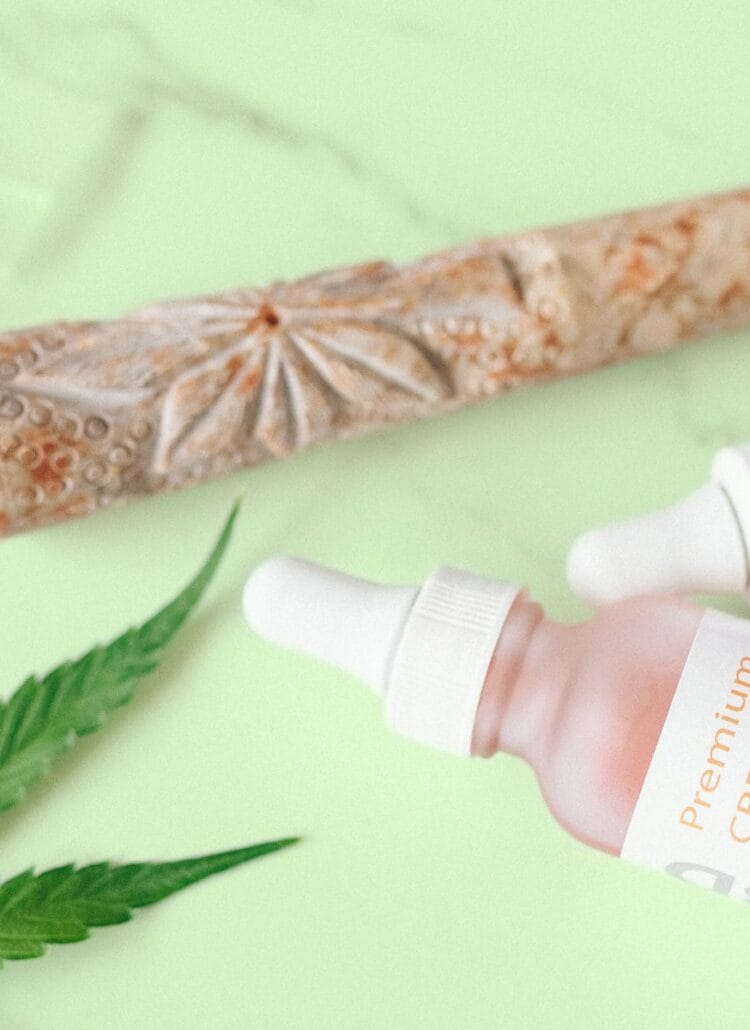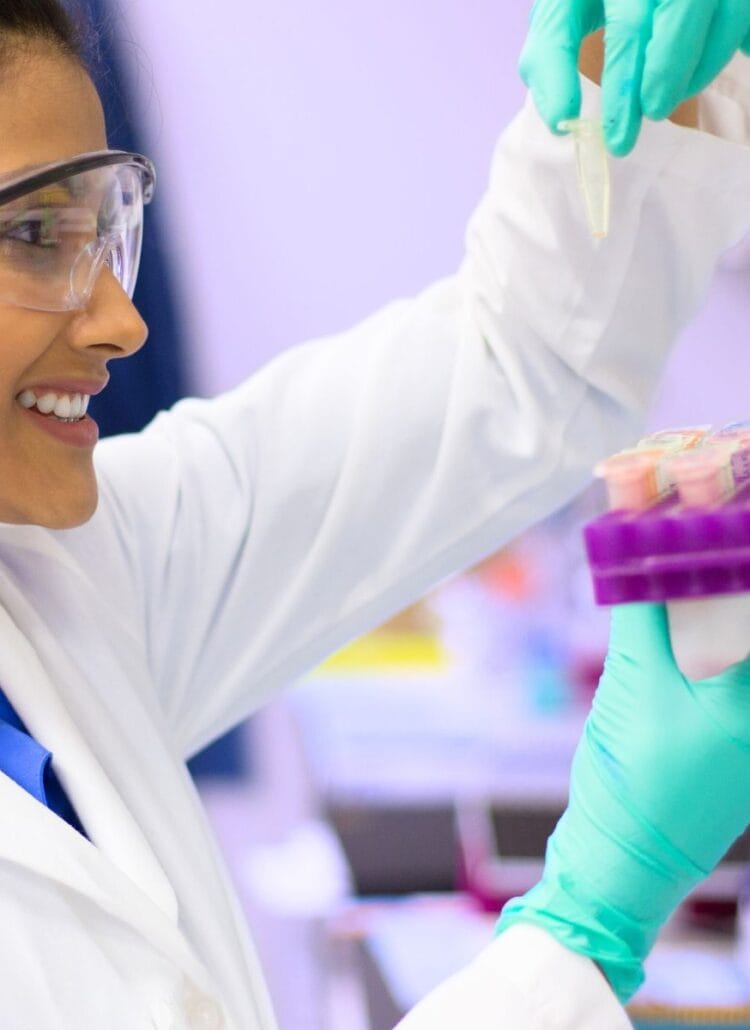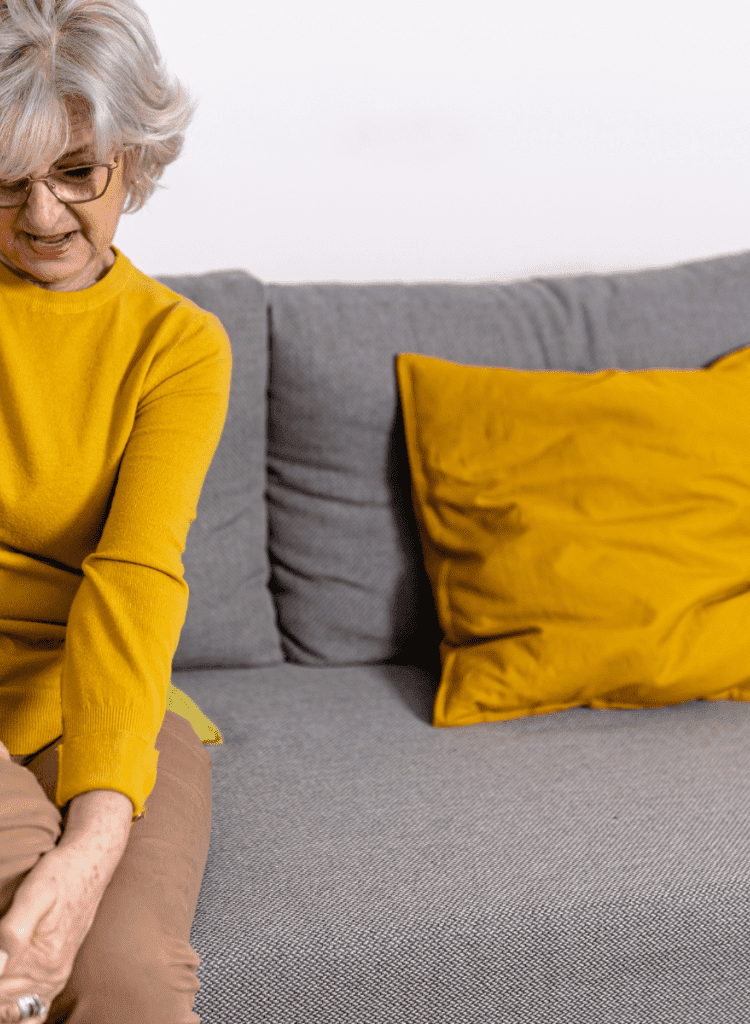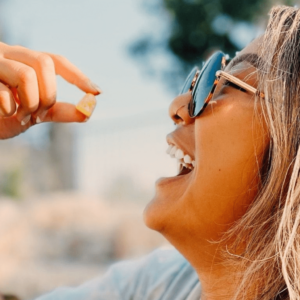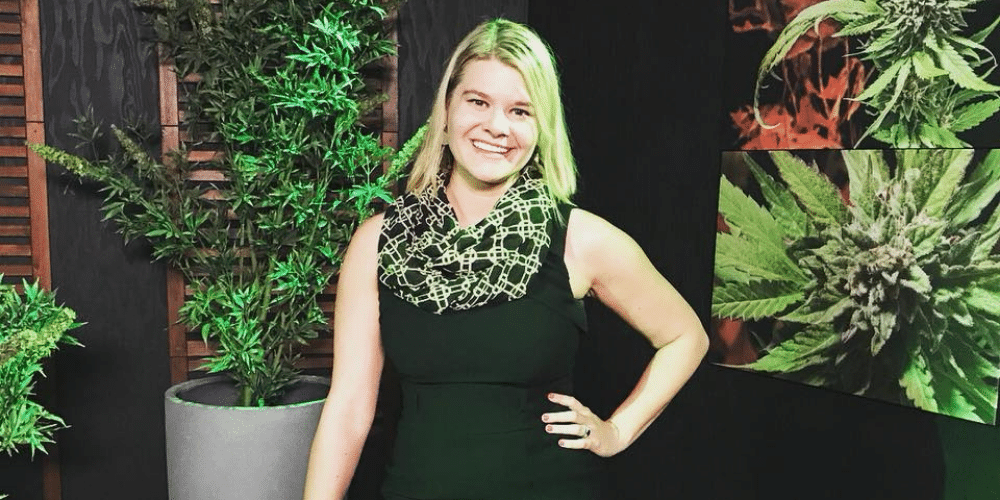
Likely you have come to the Institute of Plant-Assisted Therapy looking for answers on how to heal chronic illness using natural remedies like CBD, cannabis, and mushrooms. You might be skeptical that it could even work, especially because your doctor hasn’t told you about it and you don’t know any cannabis patients. Surprise: your doctor doesn’t know anything about it because he wasn’t even trained on the biggest neurotransmitter system in your body: the endocannabinoid system. I was once like you, a non-cannabis believer.
Flash back to 1998. I grew up in a strict family in New Jersey, and marijuana was not part of my life. In fact, I grew up in front of crack house, and my goal was to become a scientist who could end drug addiction. I thought marijuana was just something my slacker first boyfriend smoked to drive his parents mad. It was a drug that caused you to do poorly in school, made you smell bad, caused brain damage, and might even give you schizophrenia. I avoided it all costs and had my first hit off a joint in college only after drinking and being goaded by a boy I liked. I felt dizzy, confused, and scared of what I might do under the influence. I vowed never to smoke weed ever again.
Studying Drug Addiction For My Doctorate In Neuroscience
Fast forward to graduate school, where I was working in a Molecular Psychiatry department studying the effects of “drugs of abuse” on the brain for the National Institute on Drug Abuse. Drugs of abuse included nicotine, found in cigarettes, THC, found in marijuana, or the scientific term cannabis, MDMA, found in ecstasy, cocaine, methamphetamine, and heroin. I still couldn’t use cannabis, mostly because I worked with drugs delivered directly from NIDA like cocaine and heroin and a positive THC test would kill my career, and partly because I lived in Dallas, Texas and very few people had cannabis.
I was studying a process called neurogenesis in a brain area called the hippocampus. This brain region is important for learning and memory, and as we later found out, mood and addiction. I was working under Dr. Amelia Eisch, and our lab wanted to know how neurogenesis, the birth of new neurons, or brain cells, contributed to mental health and drug abuse. The very first scientific paper I published was a review on how cannabinoids influence neurogenesis, and the evidence supported that activation of the endocannabinoid system likely grew cells in the adult brain, not killed them. This up-ended everything I had learned about cannabis including my D.A.R.E era childhood and my college classes on neuroscience. It was like learning Santa wasn’t real.
I started to learn more and more about the endocannabinoid system on my own time, since my graduate school classes in neuroscience barely touched on it. I was baffled that I was in a department of Molecular Psychiatry, and yet the endocannabinoid system, the largest neurotransmitter system that regulated every other neurotransmitter, was basically a footnote in my education. Turns out I wasn’t alone, as doctors and nurses were also not taught the endocannabinoid system.
Why I Quit Academia and Found My Own Path
I kept finding instances in academia where the things that should be researched didn’t get the grant money they deserved, and projects that never turned into treatments got millions of dollars. Even after landing a prestigious postdoctoral fellowship at the California Institute of Technology (Caltech) and Howard Hughes Medical Institute (HHMI), I felt empty and not convinced my daily routine of killing mice to study learning and memory was going to help anyone in the end. To add to the despair, my 100+ hour work week and other factors including the death of my little brother John to alcohol and opioid overdose contributed to my marriage failing.
When I got the call to be interviewed for a spot on the hit CBS reality TV show Big Brother 11, I took it. If anyone had asked when I started my PhD whether I’d be the first scientist to star on a reality TV show, I would have laughed at them. After lasting 66 days and finishing fourth place on the highest rated summer TV show in 2009, I became a household name under Michele Noonan, and left my position at Caltech. This was the start of a career of unexpected twists and turns in a very public arena.
I didn’t end up using cannabis again until I moved to Los Angeles, where medical marijuana had been legal since 1996. The cannabis culture was fascinating, but being a scientist, I didn’t think that I could possibly use cannabis and still be a functioning executive. It wasn’t enough that I knew that cannabis had medical benefits. The universe was going to show me until I couldn’t ignore my true calling.
How I Became A Cannabis Patient
One morning in December of 2011, I woke up and my right hand and wrist were completely limp and in pain. This lasted for two months. A doctor informed me my right ulnar and radial nerves weren’t sending messages through my arm. I needed an expensive surgery that might not work or could even cause permanent paralysis in my arm. After trying every alternative healthcare trick in the book for two months, it was a combination of cannabis & hours long massage of a “cold spot” in my arm that released the inflammation and slowly got my nerves to wake up.
I now know that I have chronic inflammation and neuropathy, and that I need daily constant consumption of cannabis, in all its forms, in order to have functioning nerves in my arms and legs. After an initial learning curve, I learned how to be a cannabis patient and not only a functioning scientist and patient advocate, but a leading one. In 2012 I met my husband Todd, who worked in the legal marijuana industry in California and Oregon as a grower, edible company founder, and mobile dispensary owner. He convinced me to jump 100% into cannabis and never look back on my old life in academia. I published my first book, Train Your Brain to Get Thin: Prime Your Gray Cells for Weight Loss, Wellness and Exercise, with my co-author Melinda Boyd in November 2012. After a stint as a Chief Scientist of a nutraceutical company formulating and marketing products in six countries, I realized cannabis – or at least CBD – should be the next superfood and marketed as a vitamin. The concept for my next book, Vitamin Weed, was born!
Check out: My Favorite CBD Products
From Cannabis Patient To Cannabis Advocate
In January of 2013 I founded the Endocannabinoid Deficiency Foundation (later called IMPACT Network) with my husband to drive clinical research, education, advocacy and patient support on cannabis for specific health conditions. Shortly after in July 2013, we were targeted for our advocacy, the Los Angeles Police Department (LAPD) raided our home, and false marijuana charges were filed. All charges were dropped after a lengthy court battle that ended in May 2014.
In June 2014 I was interviewed by 3-time Emmy winning journalist Amber Lyon for her new site on psychedelic science, Reset.me. She, like me, had also had experienced police interference for her advocacy of cannabis and other psychedelics. That interview was the first time I had talked about my journey from drug researcher to drug user to drug educator and brought up the concept of
The ER Visit That Led To A Fibromyalgia Diagnosis
Winning my legal battle wasn’t the only obstacle for me in God’s plan. I was not using cannabis during most of 2014 due to my legal issues. Unfortunately, I had black mold and lead poisoning from my apartment in Los Angeles, confirmed by the Department of Health, and undiagnosed blood clots in my legs and lungs, a condition called deep vein thrombosis and pulmonary embolisms. The day after Christmas 2014, I suffered a heart attack due to my heart giving up from all the arteries to my lungs being blocked by clots. My lung also collapsed, and I had a 30 percent chance of living through the night in the ICU of the hospital. I lived, but had brain damage from hypoxia, or reduced oxygen to the brain over several weeks. I was on an oxygen tank and in a wheelchair, with little strength to think or do much but make it through the pain each day. In February of 2015 I was diagnosed with fibromyalgia as well as neuropathy from the damage to my nerves.
Frustrated with the lack of progress I was making to feel like a normal, healthy human again, I put myself in what I jokingly now call my ‘cannabis coma.’ I took full extract cannabis oil (FECO), also called Rick Simpson Oil (RSO), which is super concentrated in THC, the psychoactive cannabinoid that can put you to sleep if you do not have a tolerance to high doses. While I slept and healed for most of the days, my brain and nervous system started to heal. I started, little by little, to be able to move my legs and arms and start to walk a couple of minutes at a time in a walker. After months I no longer needed my oxygen tank and could walk for an hour with my walker. I finally started walking without the walker, and then with only a cane. I am so proud that I was able to walk without a cane one year after I had entered the ER for blood clots, all because I had become a cannabis patient.
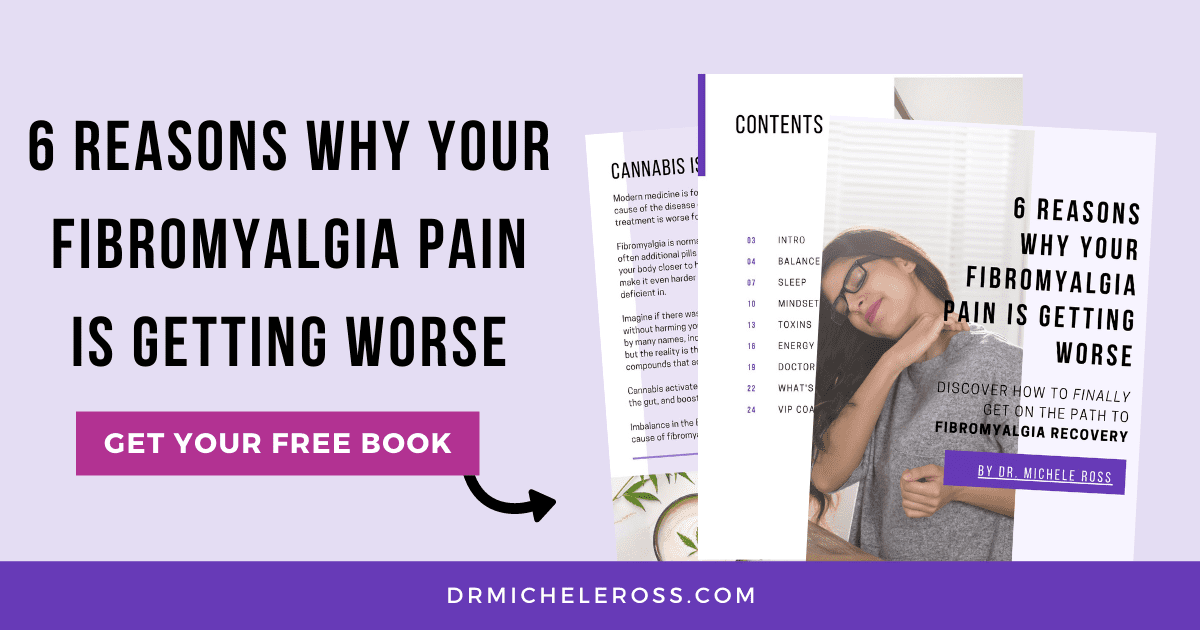
Healing Clients Around The World With Cannabis
In December 2015, I started to launch the first IMPACT conferences on cannabis for specific conditions. I was wary of public speaking, as I could barely stand for an hour without excruciating pain, never-mind host a six-hour conference. Somehow, I made it through, and I can thank cannabis cream on my arms, legs, feet and back before and after my conferences as well as CBD tincture to wipe out the anxiety I had. I wondered what people would think of me now that I was this sick version of myself, a little slower both verbally and physically since my time on TV as a reality TV competitor swinging off of ropes and winning challenges. Over time I gained my mojo and my health back and continued to grow my nonprofit as well as start writing again. I now speak around the world on the science of medical marijuana and benefits of being a cannabis patient.
It is with great pleasure that I introduce to you my labor of love that I once thought I would never finish due to my illnesses, but persevered through by becoming a cannabis patient. Restoring endocannabinoid system deficiency was the key to my healthy and active life, and I will teach you all about the cannabinoids and natural chemicals in cannabis and other plants that boost your body’s natural endocannabinoid system, improving your mental and physical health.
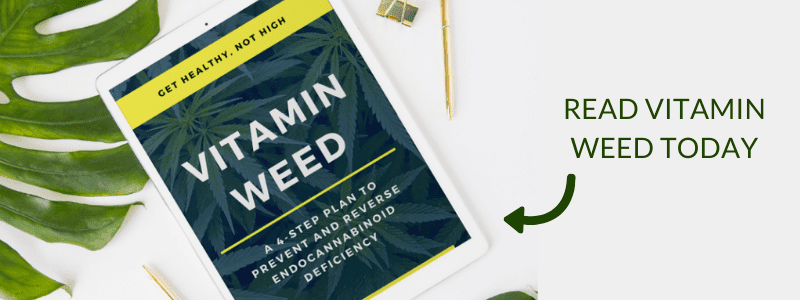
Pin This Post

Share This Post


